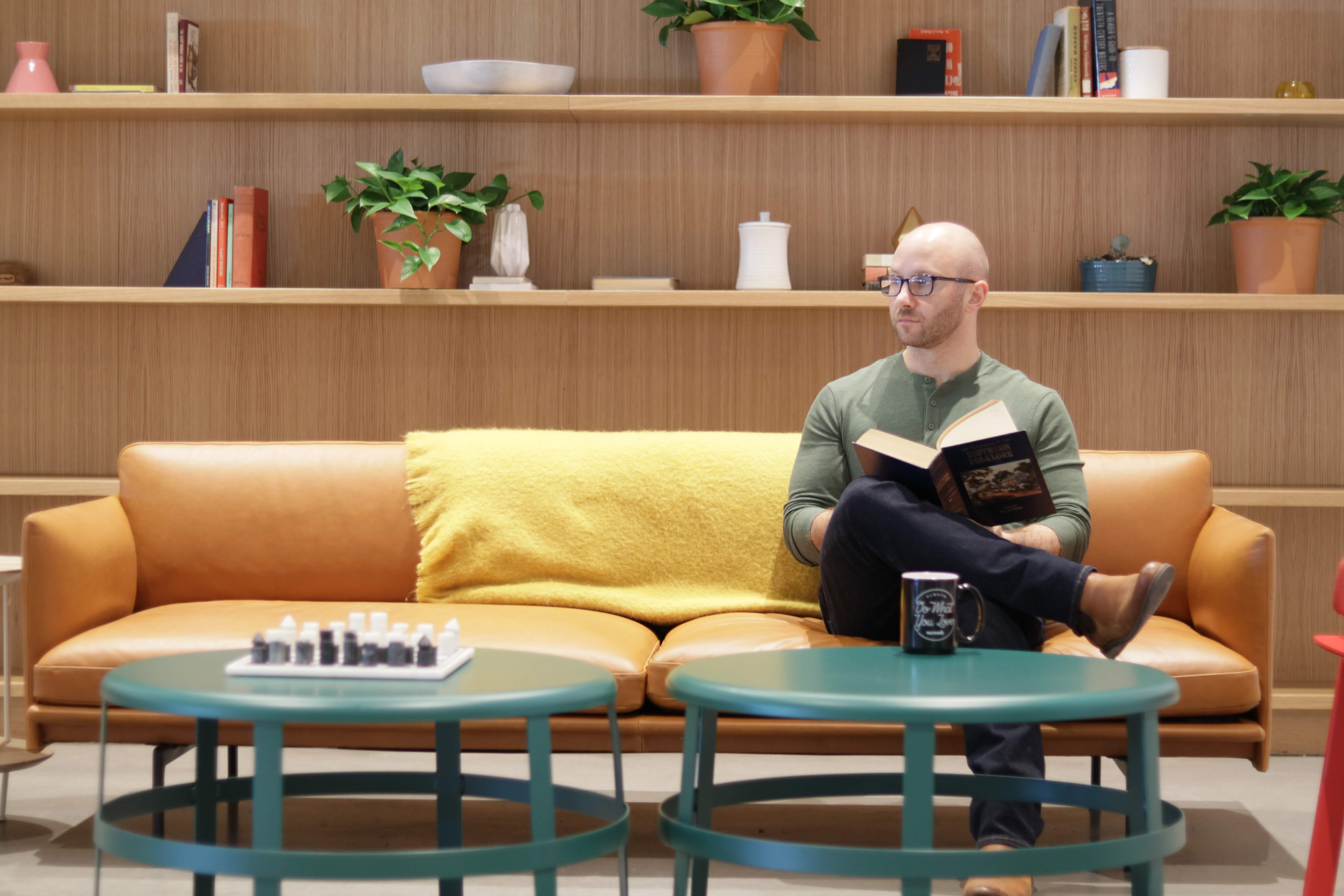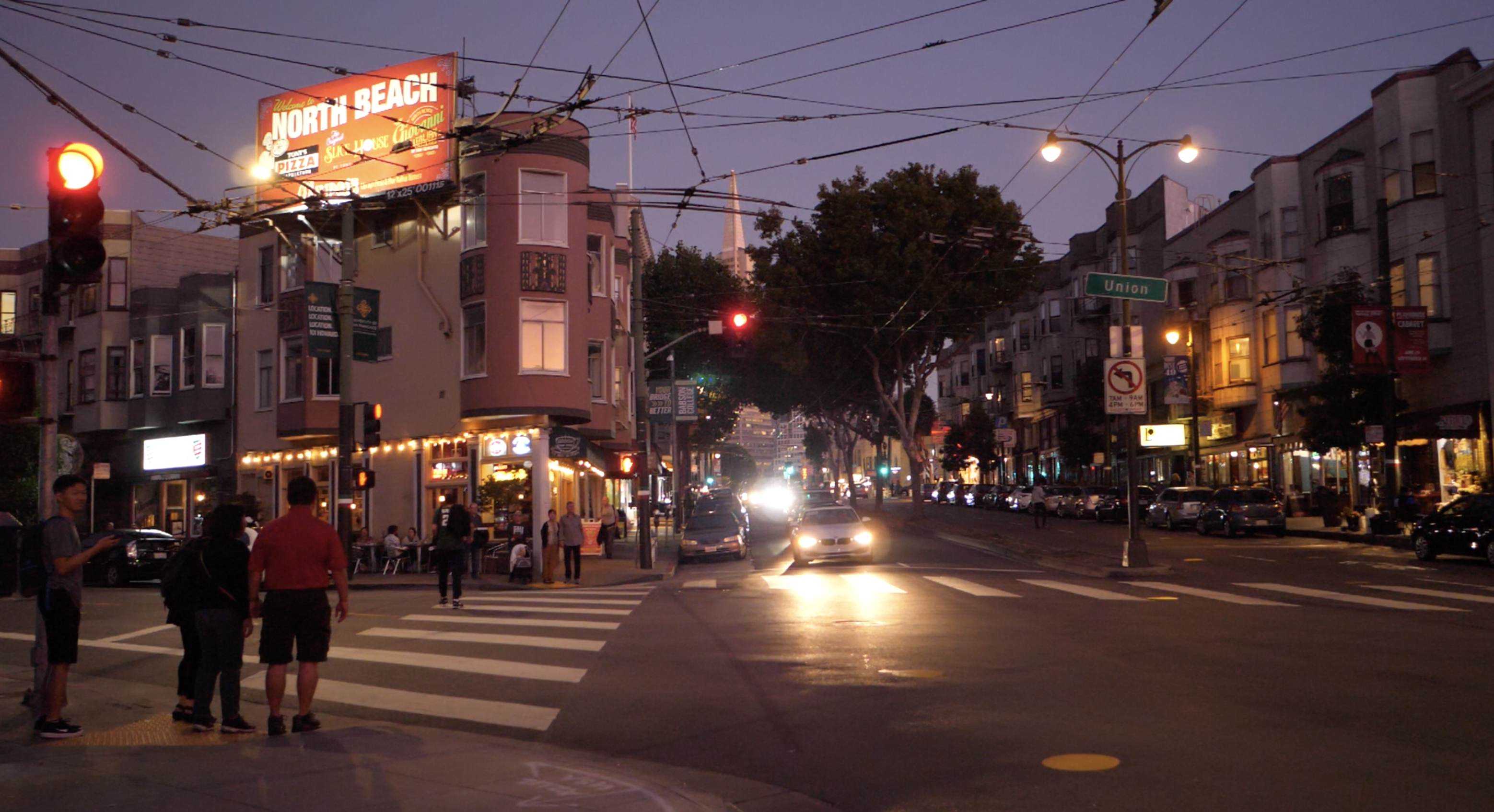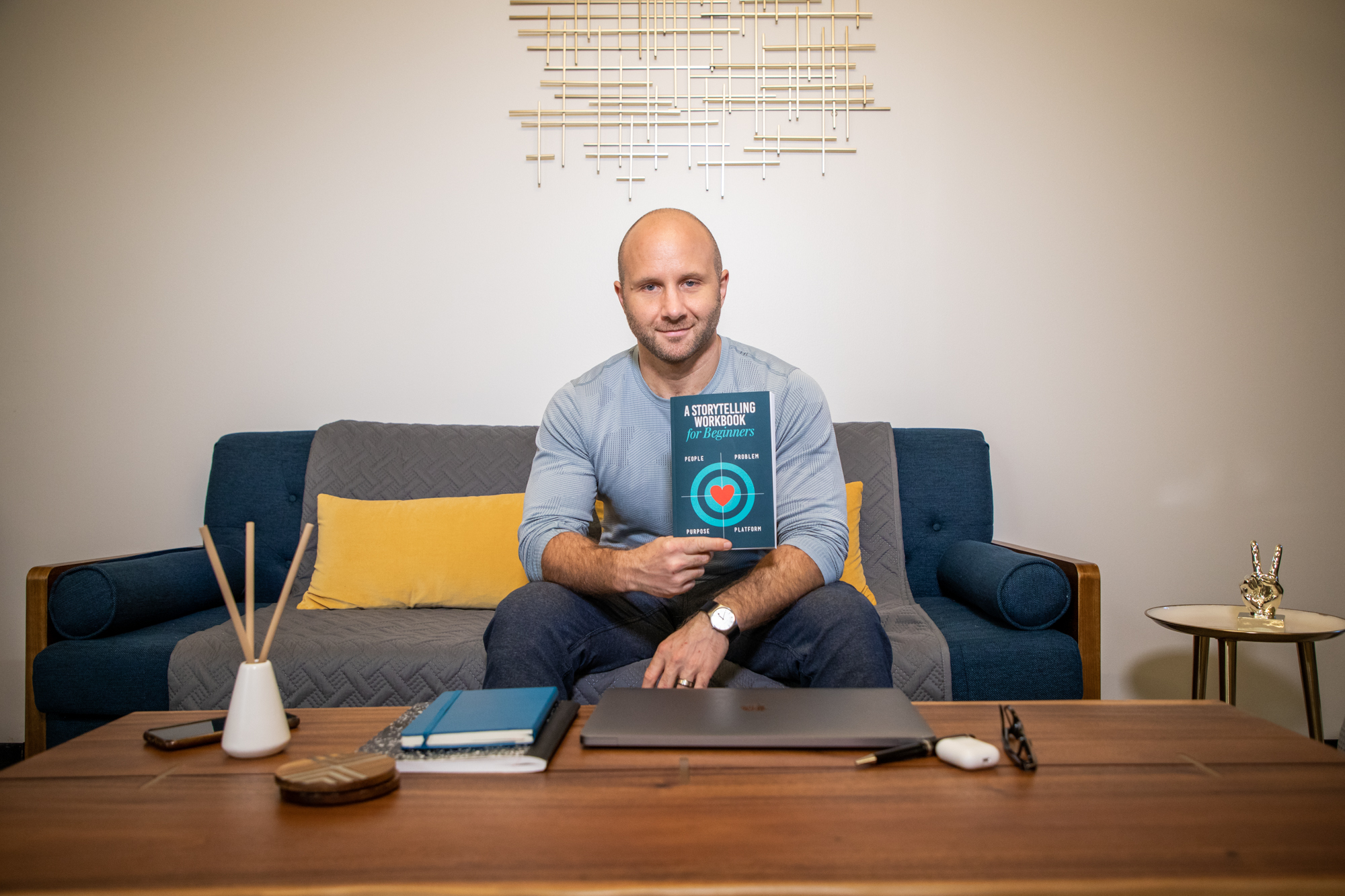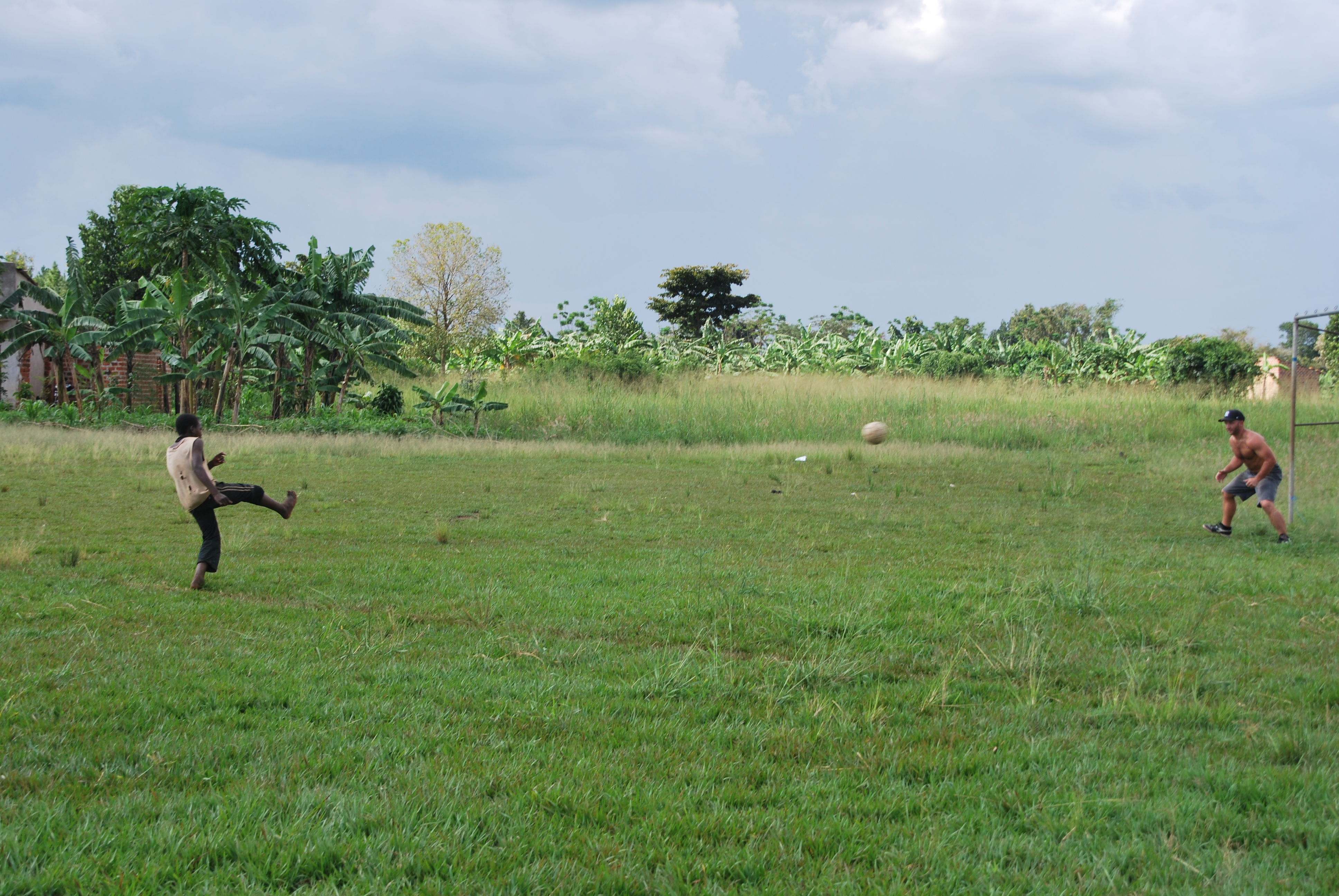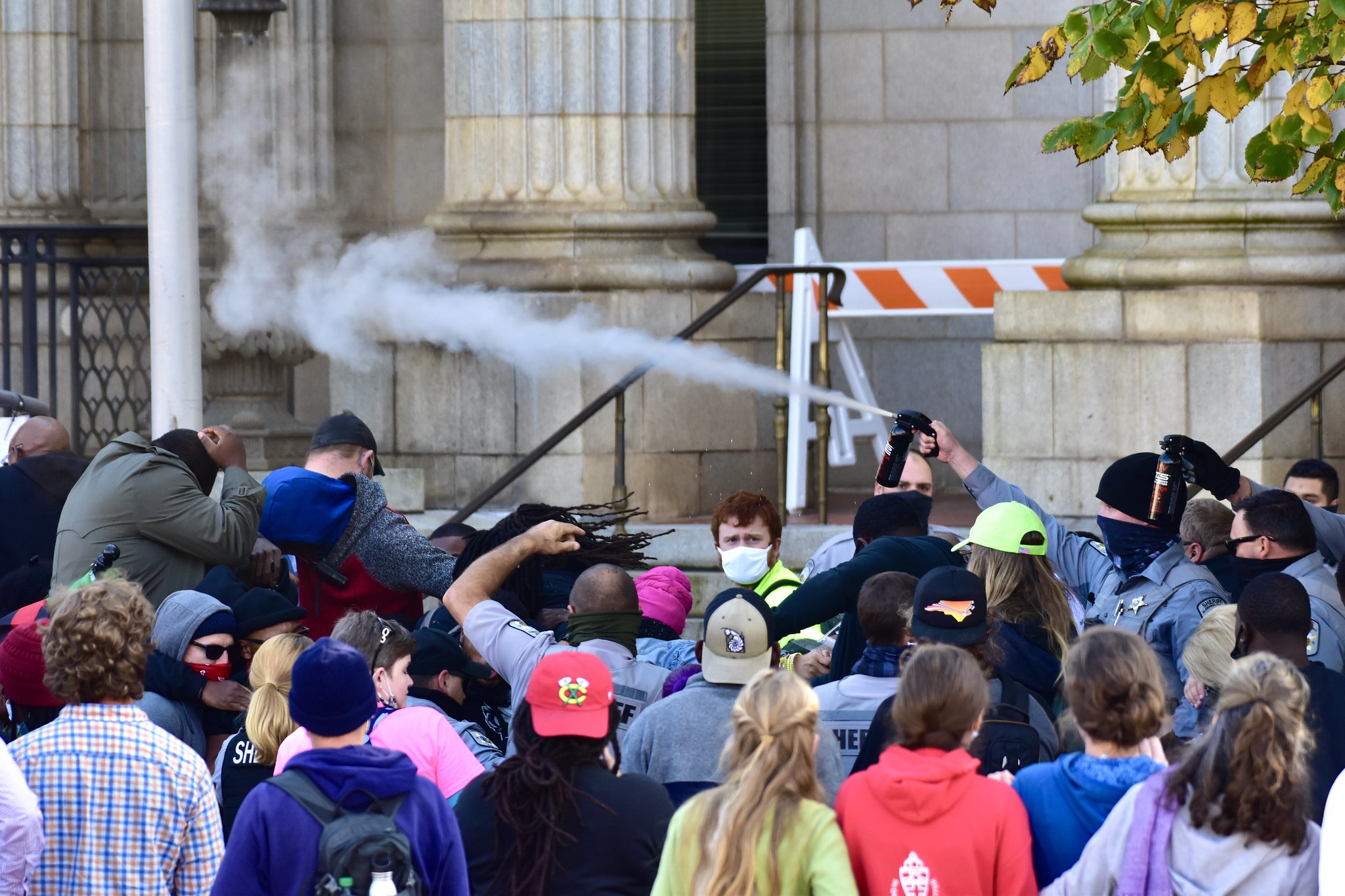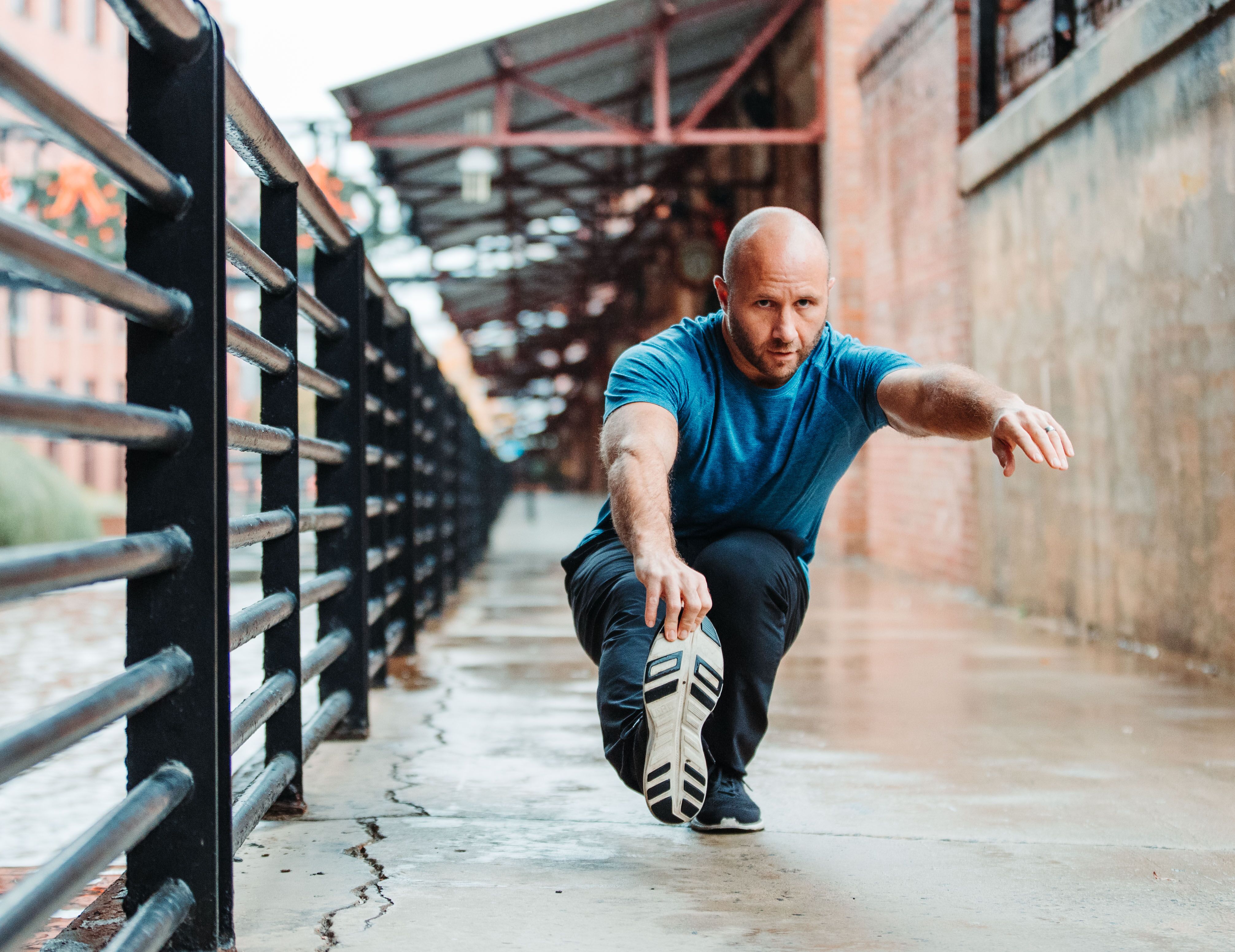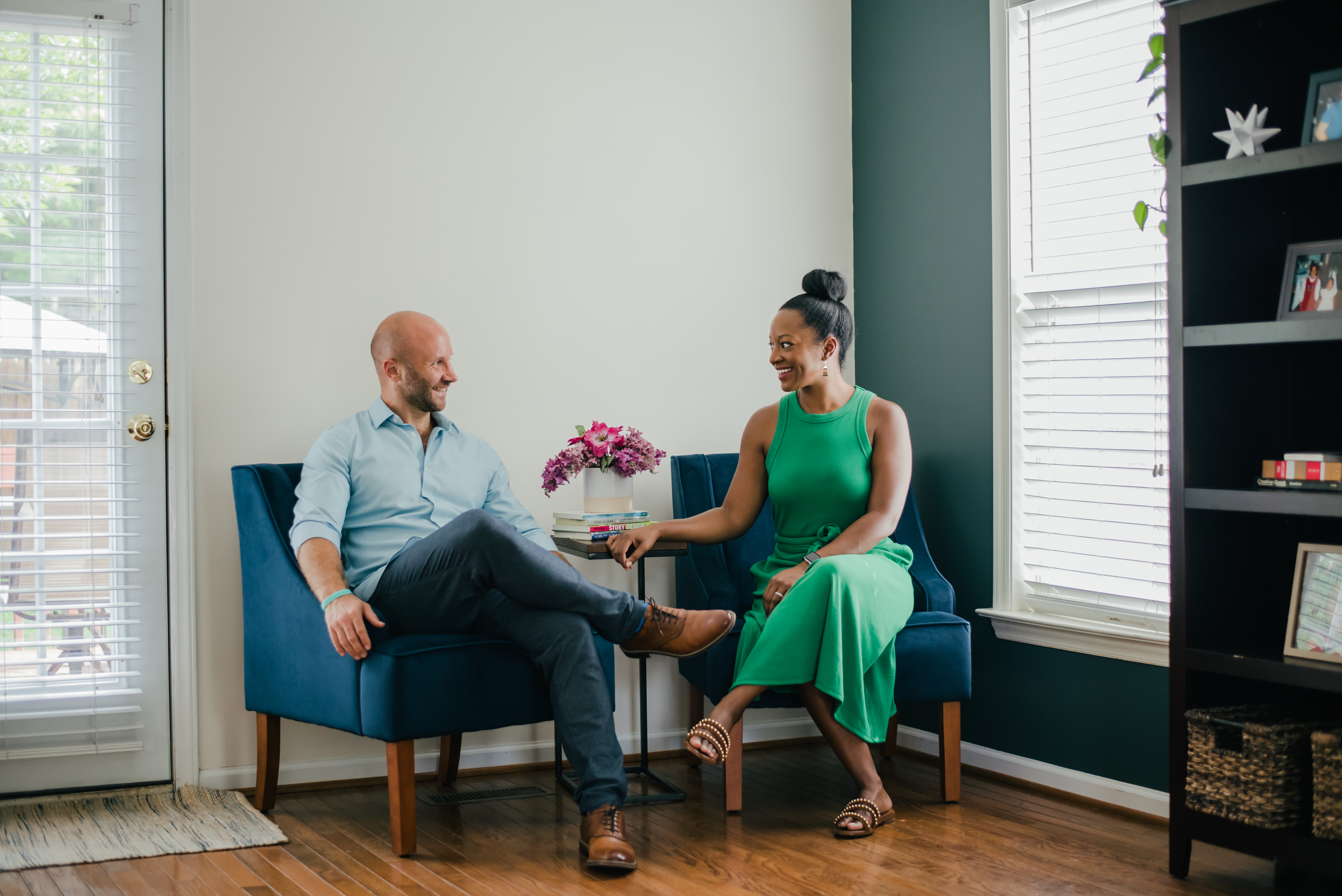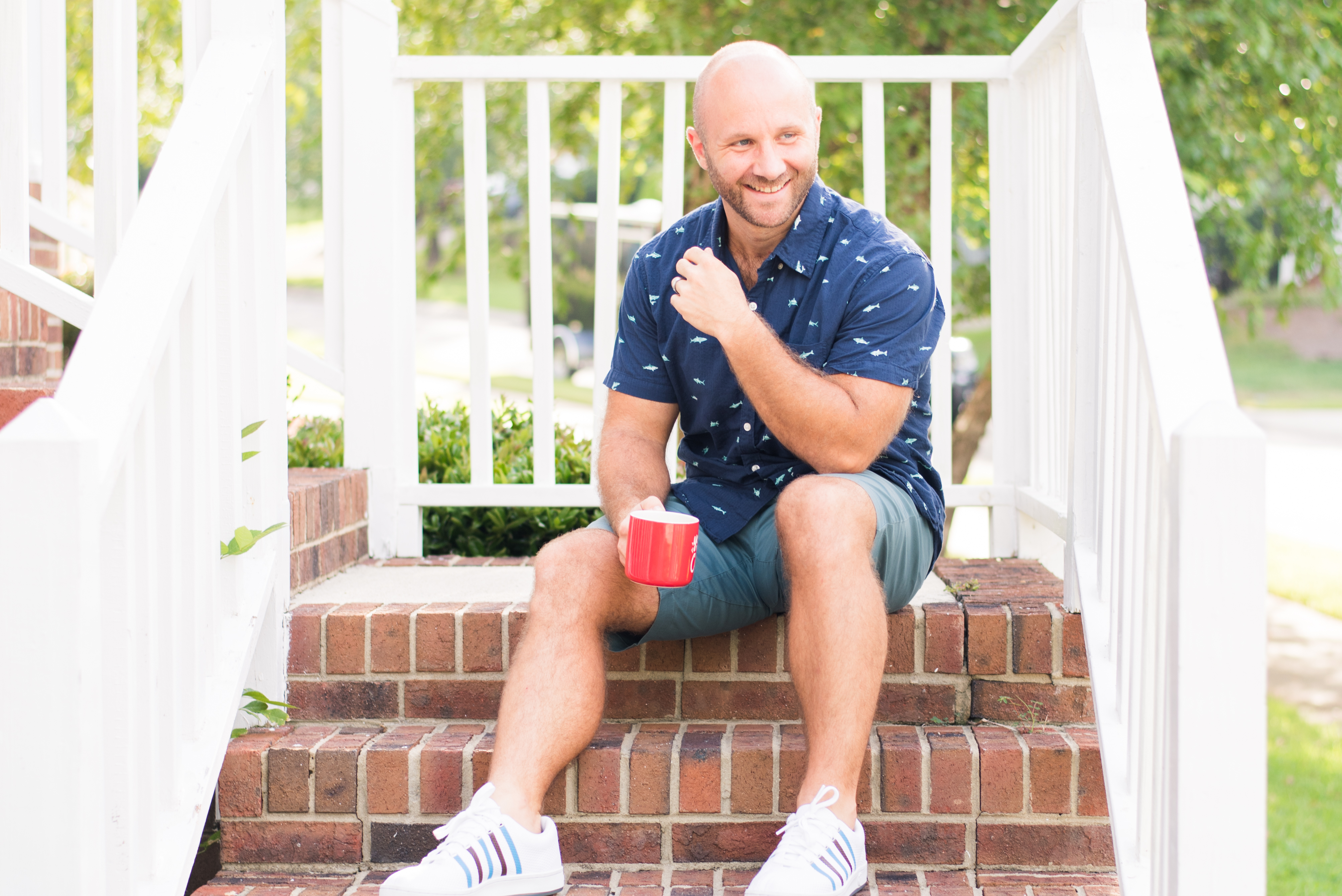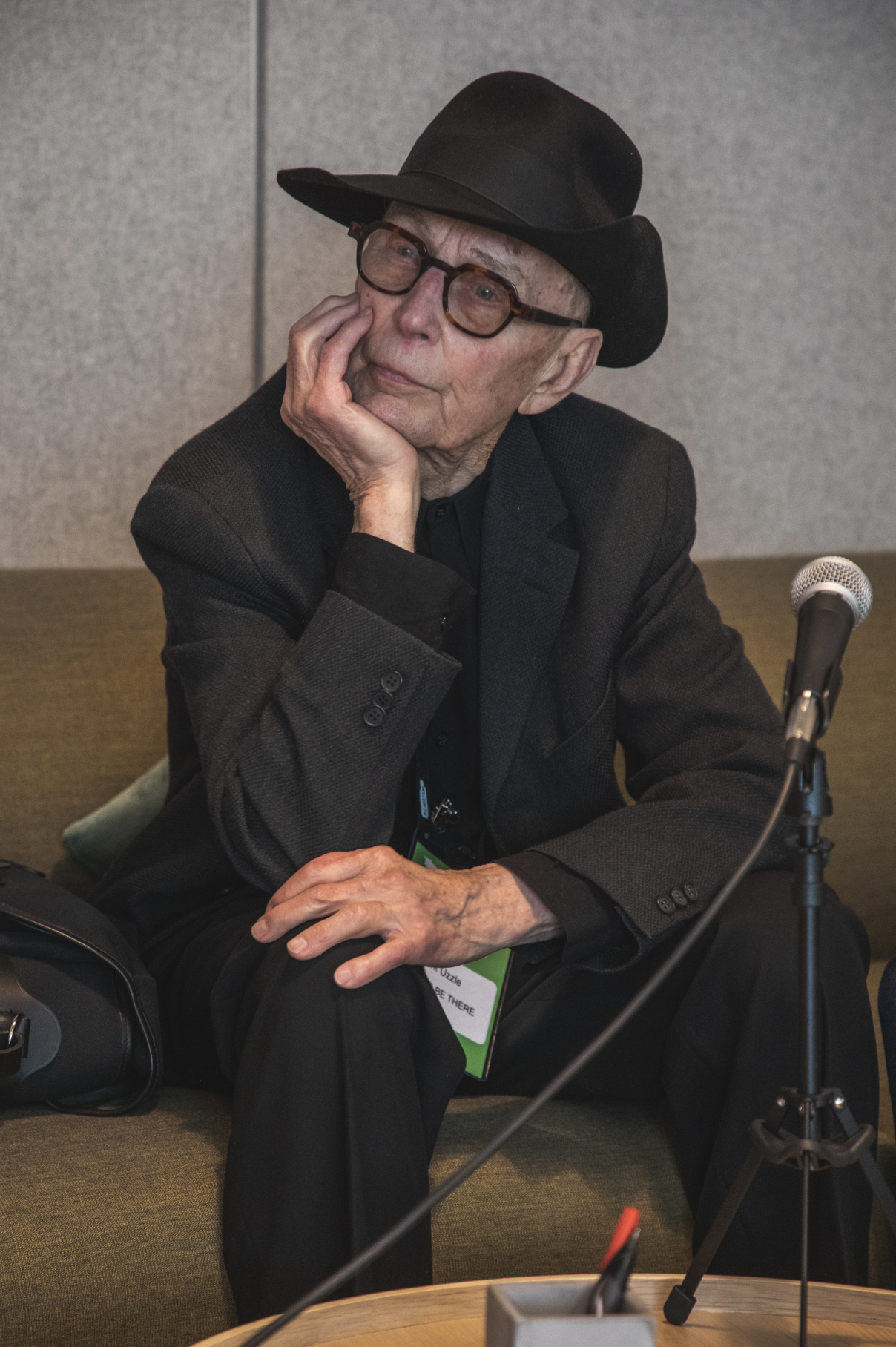
Photo via Anna Norwood
Last week was Full Frame Film Festival – a documentary festival that brings over 10,000 people and almost 100 films to Durham in four days. I was there on a Press Pass, searching for good stories to tell.
It would be hard to top last year’s story, which featured now Oscar-nominated Bing Liu, and which culminated with my girlfriend going into labor with our first born.
But this year, the story came to me.
During the hustle and bustle of the festival, which had me bouncing around from films to panel discussions, and from happy hours to afterparties, I got an email from the publicist of the film F/11 and Be There.
The film was about legendary North Carolina photographer Burk Uzzle, whose work includes iconic Woodstock photos as well as the powerful and poignant images of Dr. Martin Luther King, Jr.’s funeral in Memphis. Burk has been using his photography to help fight racism, in the South and beyond, for decades.
The filmmaker, Jethro Waters, was also a North Carolinian (from the mountains) and this was his first feature film. The publicist who reached out to me read my work (from Chapelboro!) and thought since I was also a filmmaker from NC, I might be a good fit.

Photo via Anna Norwood
She had no idea that I was already going to Full Frame, and she had no idea that I was already planning to be at their screening.
Serendipity was on our side.
The film was a beautiful unveiling of the layers of Burk’s life, work, and philosophy, perfectly paced and peppered with his natural humor that balanced out the heaviness in his art.
I was so proud of these two men.
Both of them dedicated themselves to upholding the parts of the South’s culture that we all love so much, while working to help push it forward towards the progress that this world needs.
We talked for an hour about just how to do that.
Something special happens when you create a piece of art with another person. That includes when I write a story about someone, or Burk takes a picture, or Jethro makes a film. As Burk has said before, working with someone to create a beautiful story is truly a “pas de deux” — the French expression for a “step for two” in ballet.
The two people must connect, and that connection starts at the heart.
Finding that heart connection is fairly easy to do with someone you like or appreciate. It was completely evident in the loving relationship Burk and Jethro had cultivated.

Photo via Anna Norwood
But what I wondered about, was how we could find that connection with someone we don’t know or have a lot in common with, or even someone we vehemently disagree with.
Burk has spent decades photographing and telling the stories of African Americans — most recently African Americans in Eastern North Carolina — and feels that by making people that are usually underrepresented the subjects of his art, he can help create understanding by capturing their essence and sharing their stories.
“People tend to feel better when they understand that they are appreciated and that their qualities are acknowledged ahead of any faults that they may have. And if people feel comfortable about revealing what they’re proud of about themselves, and you just let them open up, it’s such a positive experience. Sometimes that’s all we can do, and then the people have to take it and run with it. They have to take it and incorporate it. There’s hope. There can be beauty. There can be understanding.”
I thought that we could take that even further. So did Jethro.
“You can’t accuse somebody into into, into agreeing with you. It’s never going to work. What I appreciated so much about what Burk’s work for the museum is that it was providing truth through experience and by humanizing these people who deserve it, making them works of art. Maybe then you might start thinking a little bit differently about the choices that you make when you are thinking about human beings when you’re out in the world. And that’s why I felt like it was so important that we got this film right… to encapsulate that mentality.”
It’s not easy to find that heart connection in someone whom you don’t see “eye-to-eye,” with but it’s important. I fully believe we cannot find the way forward unless we do.

Photo via Anna Norwood
Burk summed up my thoughts perfectly, saying, “It is our personal, ethical and sociological obligation to care about making the world a better place and without worrying too much about shouldering a big ax to destroy people or to “teach” people. Just try to show goodness and just try to show kindness and you can do it much easier if you do it with a bit of grace and poetry and humor. Then let them realize, ‘Oh, wait a minute, maybe I don’t have to hate that person.’”
The opportunity for art is everywhere these days.
It presents itself in blogs, photos, films, and storytelling. Anyone can be an artist, and we all need to, in some capacity, if we want to make deeper connections with our community.
As Burk said in one of the final lines of the movie, “The government isn’t going to make change. Neither is Hollywood. It is truly left to the artists to make the world better.”
I think it starts with finding each other’s hearts.
Featured image via Anna Norwood
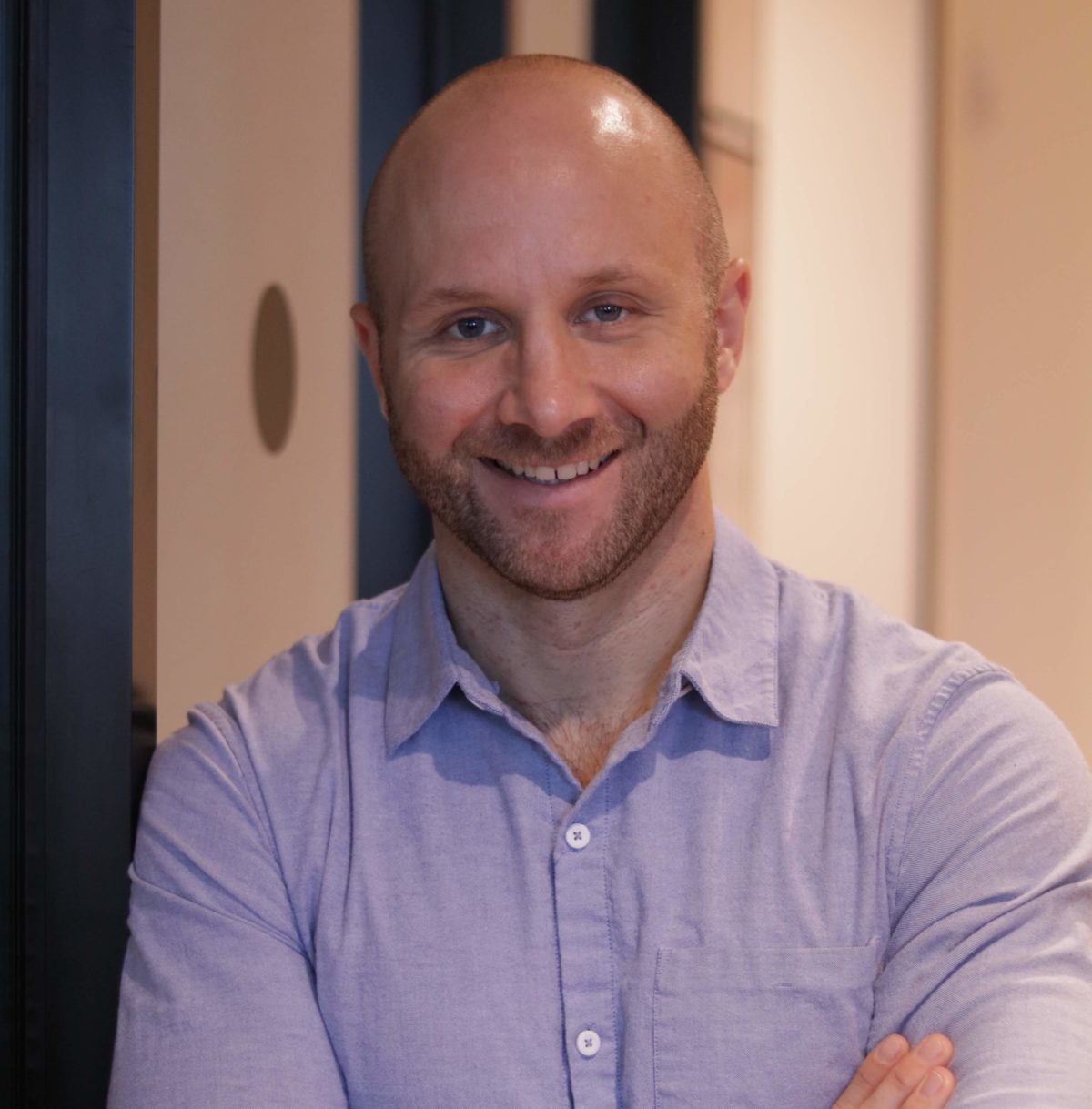 Rain Bennett is a two-time Emmy-nominated filmmaker, writer, and competitive storyteller with over a decade of experience producing documentary films that focus on health and wellness. His mission is simple: to make the world happier and healthier by sharing stories of change.
Rain Bennett is a two-time Emmy-nominated filmmaker, writer, and competitive storyteller with over a decade of experience producing documentary films that focus on health and wellness. His mission is simple: to make the world happier and healthier by sharing stories of change.
You can read the rest of “Right as Rain” here, and check back every Wednesday on Chapelboro for a new column!

